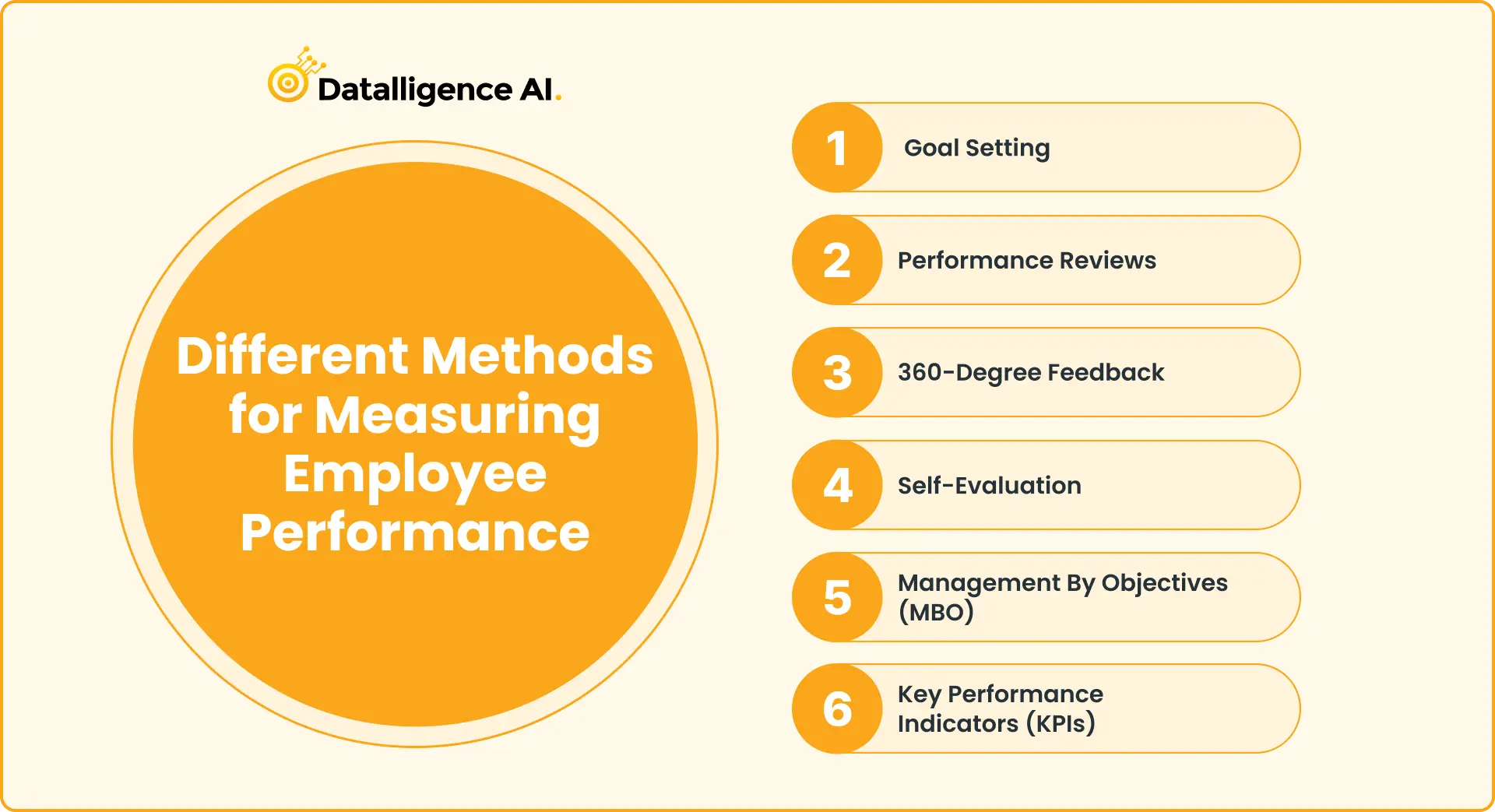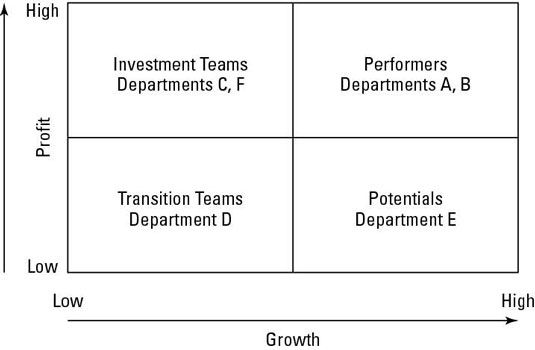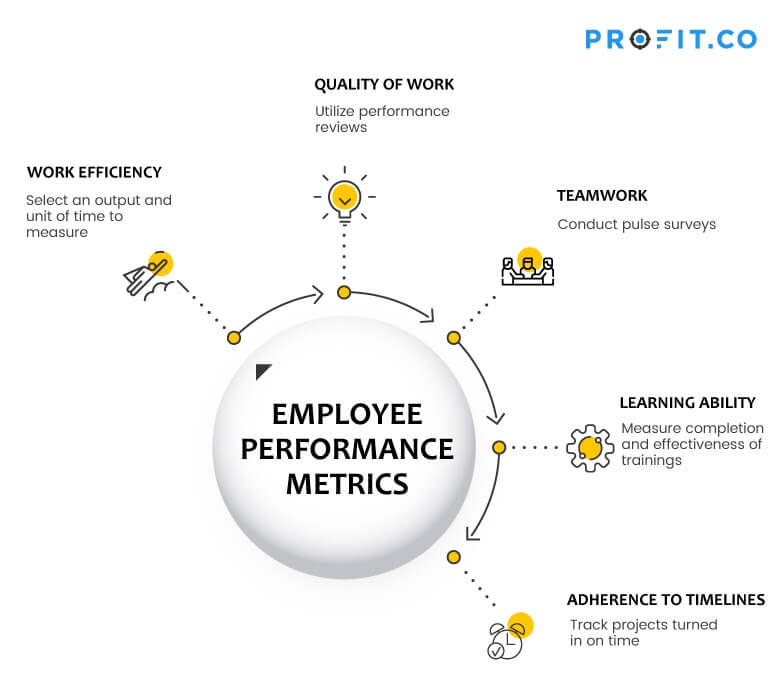How To Measure Team Member Performance
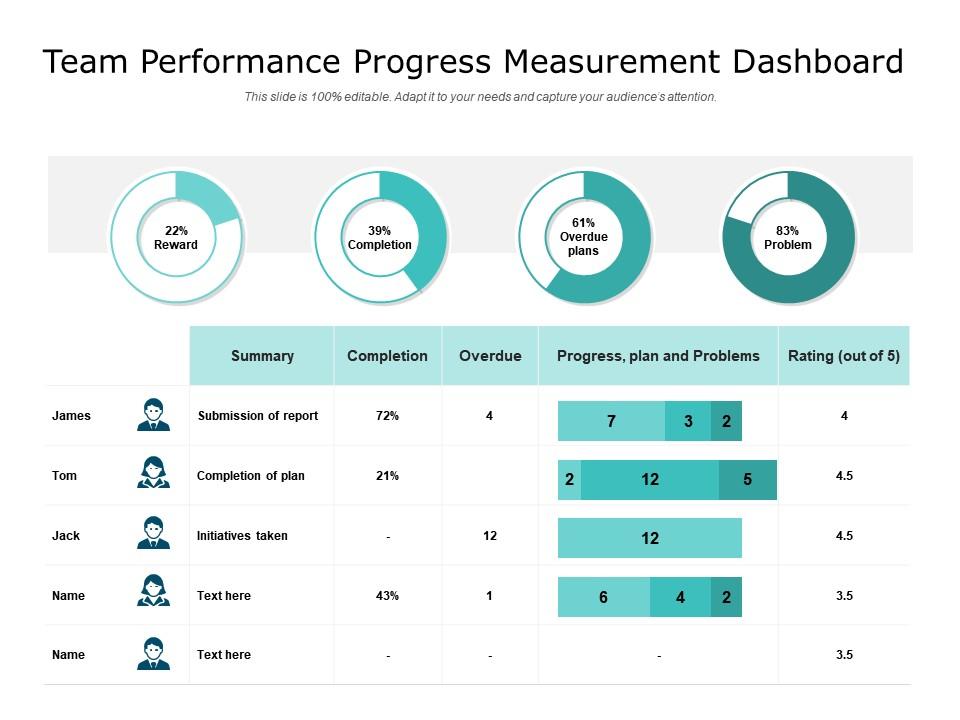
Team performance is tanking? Don't wait for disaster! Implement effective measurement now to diagnose problems and drive improvement.
This article provides actionable methods for measuring team member performance, enabling immediate corrective action and fostering a culture of accountability.
Define Clear Objectives and Key Results (OKRs)
Objectives and Key Results (OKRs) are crucial. They provide a framework for setting measurable goals.
Clearly defined OKRs outline expectations for each team member, aligning individual contributions with overall team and organizational strategy.
Who: All team members. What: Establish measurable goals. When: At the start of each quarter (or relevant period).
Individual vs. Team Goals
Distinguish between individual and team-based OKRs. This clarifies individual accountability while fostering collaboration.
Individual goals should contribute directly to team objectives, ensuring alignment and shared success.
Utilize Key Performance Indicators (KPIs)
KPIs are quantifiable metrics used to track progress toward objectives. Identify the most relevant KPIs for your team.
What: Track progress with quantifiable metrics. How: Regularly monitor pre-determined metrics. Examples: Sales growth, customer satisfaction, project completion rate.
Choosing the Right KPIs
Select KPIs that are specific, measurable, achievable, relevant, and time-bound (SMART).
Avoid vanity metrics that don't reflect actual performance or contribute to strategic goals.
Implement Regular Performance Reviews
Conduct frequent performance reviews - not just annual check-ins. Regular feedback is vital for continuous improvement.
When: At least quarterly, ideally monthly. Why: Provide timely feedback and identify areas for development.
360-Degree Feedback
Incorporate 360-degree feedback from peers, managers, and direct reports.
This provides a holistic view of individual performance and identifies blind spots.
Leverage Performance Management Software
Utilize performance management software to streamline the process. This can automate data collection and reporting.
Where: Utilize performance management software platforms. How: Automate tracking and reporting.
Key Features of Effective Software
Look for software that offers goal tracking, performance reviews, feedback management, and reporting capabilities.
Ensure the software integrates with existing HR and project management systems.
Monitor Project Completion Rate
Track the percentage of projects completed on time and within budget. This provides insight into team efficiency and project management skills.
Low completion rates may indicate resource constraints, inadequate planning, or skill gaps.
Analyze Code Quality (For Development Teams)
Evaluate code quality metrics such as defect density, code complexity, and test coverage.
This helps identify potential issues early and ensure maintainable code.
Automated code analysis tools can streamline this process.
Track Customer Satisfaction (CSAT) Scores
Monitor Customer Satisfaction (CSAT) scores and Net Promoter Scores (NPS). This reveals how the team's work impacts customer perception.
Low scores may signal product or service issues or problems with customer interactions.
Next Steps
Start by defining clear OKRs and KPIs for your team immediately. Then implement regular performance reviews with actionable feedback.
Evaluate available performance management software solutions to streamline the process and enhance reporting capabilities.
Continuous monitoring and adjustments are crucial to maintaining a high-performing team.
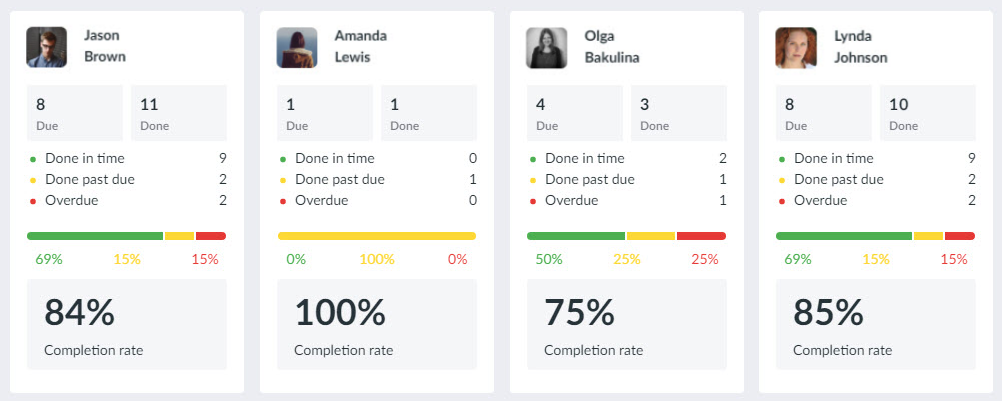








.png?width=1920&height=1620&name=How To Improve Team Performance - Niagara Institute (1).png)
